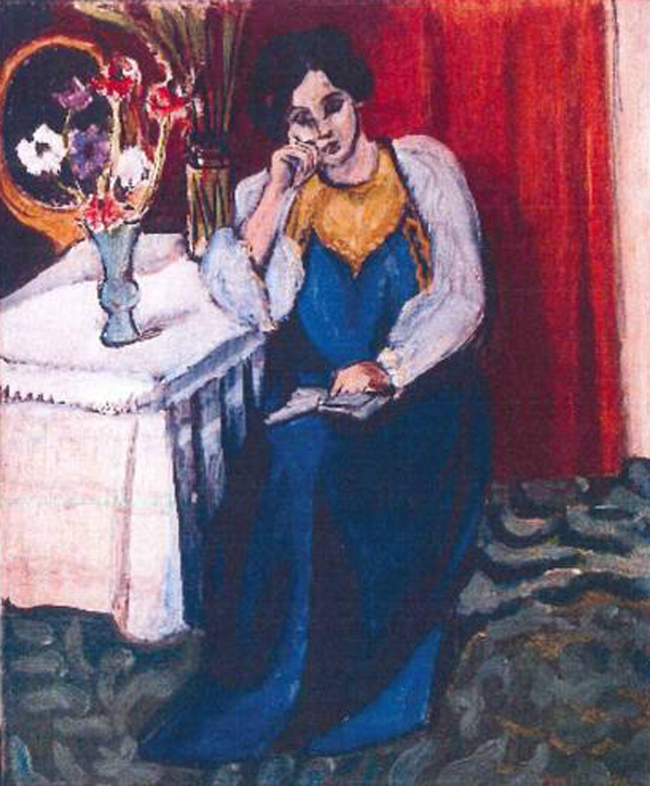 |
This photo released by the police in Rotterdam, Netherlands, on Tuesday shows the 1919 painting “Reading Girl in White and Yellow” by Henri Matisse. (AP-Yonhap News) |
THE HAGUE (AFP) ― With Dutch police going all out Wednesday to catch those who stole seven masterpieces, including Monets and a Picasso, from a Dutch museum, the thieves now have few options to cash in on the heist.
Police have put 25 officers onto the case, measures more usual for a murder investigation, and received 15 tip-offs from the public, but they appear to have few leads the day after the spectacular theft from Rotterdam’s Kunsthal.
Amid hand-wringing over the loss and questions over museum security, Dutch newspapers were rife with speculation over whether the pre-dawn theft, the biggest in the Netherlands in two decades, was carried out to order or even just an opportunistic smash and grab.
But according to Alice Farren-Bradley, recoveries case manager at the world’s largest private database of stolen art, the Art Loss Register (ALR), neither scenario is likely and the thieves will find it hard to make money.
“In the 20-year history of the ALR we’ve never had a situation where items are stolen to order, some kind of criminal mastermind that has commissioned the theft of specific pieces for their private collection,” she told AFP.
“Nor does it look as if it was an opportunistic theft in the sense that someone walked in or used an open window.”
An auction expert said on Tuesday that the stolen paintings, including works by Picasso, Matisse, Monet, Gauguin and Freud, could be worth up to 200 million euros ($260 million) on the open market.
But Farren-Bradley puts the collective value in the millions, rather than hundreds of millions, and says the criminals now have limited options for selling the art.
“A lot of the time criminals put a lot of planning into theft and a lot less, if any, into what they’re actually going to do with the piece once they have possession,” she said.
“There are a few options open to the current holders of the works but it doesn’t look particularly good for them,” said Farren-Bradley, who is currently working on 150 recovery cases.
The theft made headlines around the world, and police rapidly issued photographs of the paintings, so media attention may have forced the thieves to change their plan.
“It’s possible they will try to move them quickly and the police will identify them very quickly as a result or there’ll be some kind of sting operation,” said Farren-Bradley.








